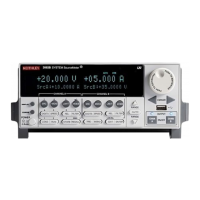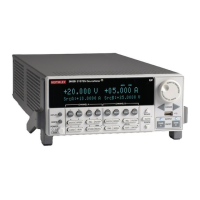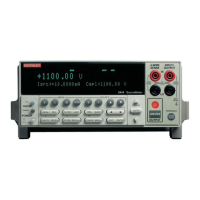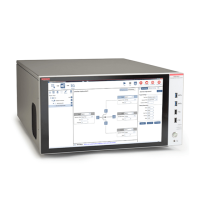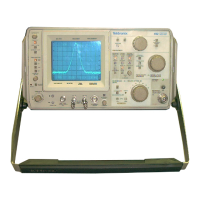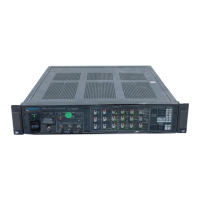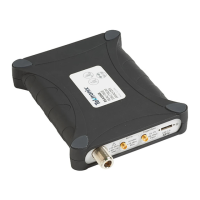Remote communications interfaces
You can choose from one of several communication interfaces to send commands to and receive
responses from the 2601B-PULSE.
You can control the 2601B-PULSE from only one communications interface at a time. The first
interface on which the instrument receives a message takes control of the instrument. If another
interface sends a message, that interface can take control of the instrument. You may need to enter a
password to change the interface, depending on the setting of interface access.
The 2601B-PULSE automatically detects the type of communications interface (LAN, USB, GPIB, or
RS-232) when you connect to the respective port on the rear panel of the instrument. In most cases,
you do not need to configure anything on the instrument. In addition, you do not need to reboot if you
change the type of interface that is connected.
Remote interface connections
The 2601B-PULSE supports the following remote interfaces:
• USB: Communicate with the instrument over a USB connection.
• LAN: Local area network (LAN) communications provide the flexibility to build scalable and
functional test or data acquisition systems with a large degree of flexibility.
• GPIB: General purpose interface bus is an IEEE-488 instrumentation data bus.
• RS-232: Communicate with the instrument over the serial port or with another instrument using its
serial port.
The 2601B-PULSE can be controlled from only one communication interface at a time. The first
interface from which it receives a message takes control of the instrument. It ignores the other
interfaces until the instrument is returned to local operation.
For more information about the remote interfaces, see:
• USB communications (on page 2-13)
• LAN communications (on page 2-15)
• GPIB operation (on page 2-27)
• RS-232 interface operation (on page 2-31)
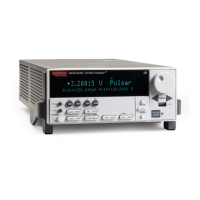
